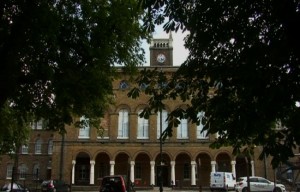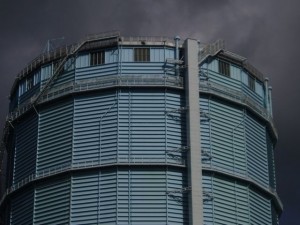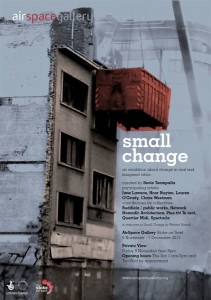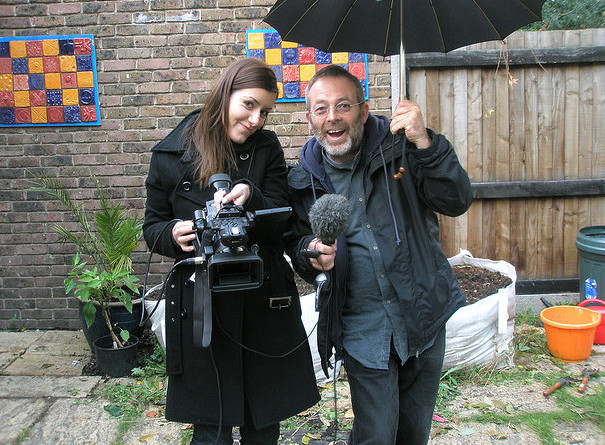
Spectacle offers several training courses in which participants can experience all the aspects of filmmaking.
Recently I participated in Spectacle’s four day Digital Filmmaking training course which I did as a part of my one month work placement for Spectacle. These intense four days gave me what I was looking for – a practical skill set in filmmaking and post production. As an undergraduate Politics & Media students at Bournemouth University, the training course provided me with practical tips how to produce a short film and what I need to know beforehand which will without a doubt benefit my studies.
During the training course the other participants and I had a chance to practice all aspects of filmmaking: everyone had a go with camera, sound, interviewing and directing. A practical exercise was an interview with a local Mural artist Brian Barnes who talked about his art inspired by the Battersea Power Station. Dominique Lyons, one of the participants describes the training as ‘a good all round course on the basics’. Dominique who works in communications thinks she picked the right course for herself however our participants also came from different fields.
Pelagia Makrelli, an anthropology student from Greece, did her Erasmus workplacement for Spectacle this summer. She says the training helps ‘anthropologists to go from theory to action’. Another anthropologist participating the course was Zsuzsa Millei who says she appreciates how the course showed ‘respect for beginners enthusiasm, patience when something went wrong and understanding of clumsiness’.
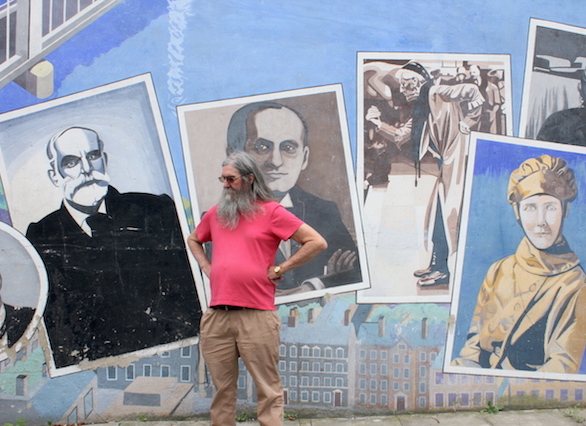
How to film an interview? Spectacle’s training course participants tested interview techniques with a mural artist Brian Barnes.
With my previous experience in editing covering the basics of how to use iMovie, the training course shed light on more advanced editing software and broadened my knowledge of different possibilities for editing. We learned how to use Final Cut Pro and we were advised which software might suit our own purposes. Now after the training course I feel a lot more confident with working with cameras and I’m looking forward to use these new skills in practice.
A freelance journalist Jessica Holland also found the training course very beneficial and she hopes to use her skills to make short documentaries. After all everyone of us who took part in the training course will use these learned skills in different ways. However I believe the course encouraged us to take the next step and get involved in film projects that we might have missed otherwise.
If you are interested in booking the course visit the How to Book page.
For information on other Spectacle training courses
Or contact training@spectacle.co.uk
If you would like more information on future training opportunities at Spectacle sign up for the Training Newsletter – tick the box if you would also like Spectacle’s general newsletter.




